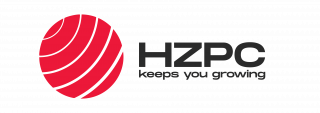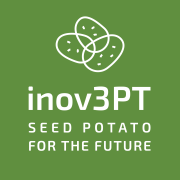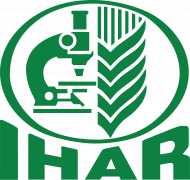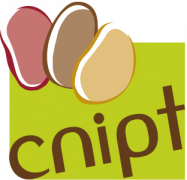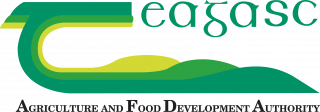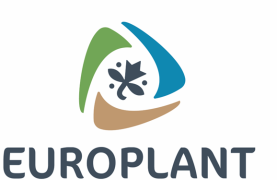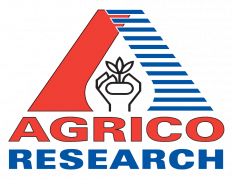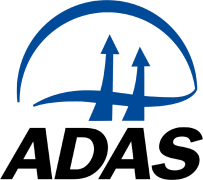Accurately monitoring the crop aboveground biomass (AGB) is critical for yield forecasting. Despite the advances in high-resolution RGB imagery using drone technologies, inconsistency remains regarding the use of color vegetation indices (VIs) and texture information in modeling AGB in different growth stages and under measurement conditions. Therefore, this study evaluated the performance of multiple VIs and texture information and their combinations for estimating potato AGB across multiple growth stages. Texture information included a gray-level co-occurrence matrix (GLCM) and a multi-scale Gabor wavelet texture. The Gaussian Process Regression (GPR) model with four different kernel functions was employed to establish AGB estimation models using VIs, GLCM-based texture, Gabor-based texture, and their combinations. For the tuber formation stage, VIs combined with GLCM-based texture significantly reduced the prediction error of the model (rRMSE = 0.20). For the tuber bulking and starch accumulation stages, GLCM-based texture combined with Gabor-based texture produced the lowest prediction errors (rRMSE = 0.15 and 0.13), positively affecting the model for different years and various conditions (low–high AGB values and over- and underestimation). For multiple growth stages, the two texture features combined with GPR produced the lowest prediction errors (rRMSE = 0.16). This study demonstrated that VIs combined with multiple texture features could further improve the performance of AGB estimation at different stages.
Full publication URL
